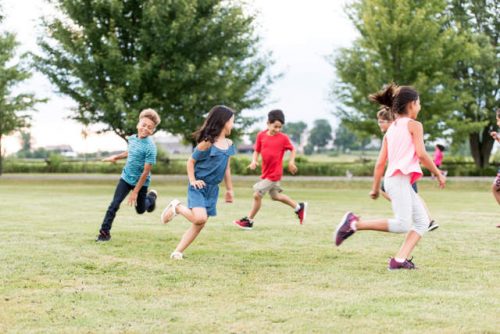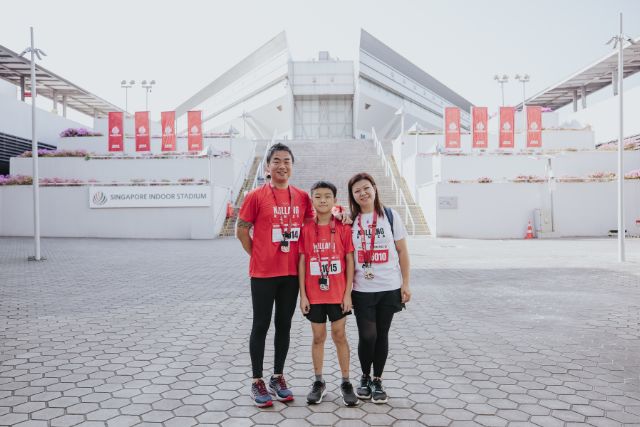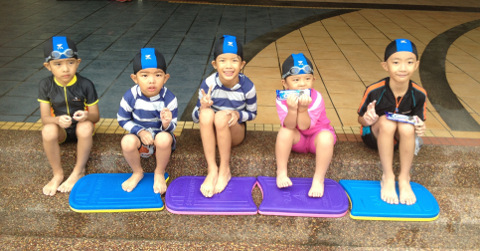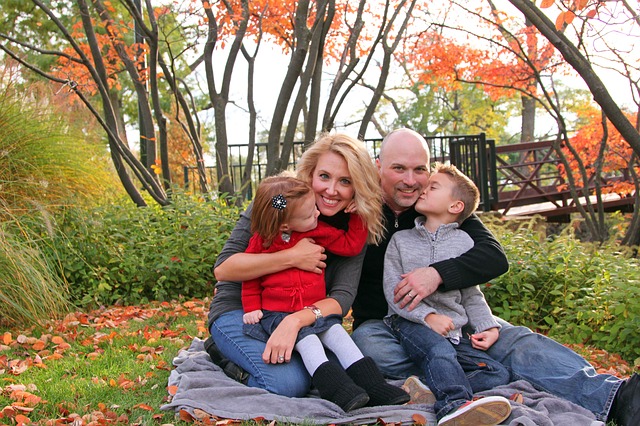Physical activity has many benefits not just for adults, but for children as well. It not only benefits their physical but also their mental development, helping improve their sleep, their level of focus, decreasing stress and anxiety and improving their social and emotional development. Read below to learn more about the myriad of benefits of sports for your child’s development and to learn about the types of activities you can do with your child that won’t break the bank.

Benefits of Sports for Physical Development
Physical development usually refers to development of motor skills. Not only do sports improve children’s motor skills, but they also help improve healthy muscle growth, bones and ligaments. Since most of our bone mass is developed before the age of 18, regular exercise during development years is crucial for your child’s health.
Exercise is also known to contribute to healthy body weight, cardiovascular health and improved sleep. Since time spent on exercise nowadays implies time away from TV, computer games and smartphones, exercise can also help improve your child’s vision.
Benefits of Sports for Mental Development
Aside from physical health benefits, exercise also has many benefits for mental health as well. It helps children focus better improving their academic performance. Playing team sports helps children develop their teamwork and communication skills. Exercise also produces endorphins which is why it is known for improving self-esteem and reducing stress and anxiety.
Which Exercise Is Right for Your Child
When selecting which exercise or activity is right for your child, you need to first decide on whether the exercise will be done indoors or outdoors, how often, level of your involvement, and lastly, make sure to take into consideration what types of exercises your child enjoys.
- Frequency: This depends on the age group. Ages 3 to 5 should ideally be physically active throughout the day. Ages 6 to 11 should get at least 1 hour of exercise every day.
- Types of activities to emphasize: Aerobic exercises and exercises aimed at strengthening muscles and bones.
- Ideal environment: Outdoors.
Tip: Plan on activities that you can do with your child. Not only will your child exercise, but you will get your daily workout in as well.
There are certain exercises that can be done daily, indoors or outdoors, can be adjusted to your child’s current age, and won’t cost you a cent. The three kinds of exercises you should focus on are aerobic, bone and muscle strengthening exercises.
Recommended Activities
| Aerobic | Muscle-strengthening | Bone-strengthening |
|
|
|
The great thing about these activities is that most of them can be done both indoors and outdoors, and many of them can involve the parent as much as the child. Aside from swimming, martial arts and riding a bike, these activities are incredibly affordable.
Running, walking, jumping rope, resistance exercise and climbing on playground equipment have minimal financial costs yet bring a lot of benefits to your child’s health and well-being. When shopping for your child’s exercise equipment, make sure to use a cash back credit card to earn rewards on your purchase and save even more money.
Exercise Costs
| Exercise Equipment | Average Cost |
| Jump rope | S$15 |
| Exercise mat | S$30 |
| Exercise ball | S$25 |
| Child’s bicycle (4 wheel) | S$85 |
| Total average cost | S$155 |
Outdoor Activities

Given the climate you live in, to the extent that is possible, always try to have your child do outdoor activities. Frequency and consistency are key when it comes to any physical activity, so make sure you can set aside 45 minutes to an hour a day to make sure your child gets some exercise.
Several studies have shown that physical activity outdoors helps improve heart rate, blood pressure and quality of sleep, not to mention the dose of Vitamin D. Also, any outdoor activity will feel more fun and less of a chore than if it were done indoors.
Indoor Activities
If outdoor activity is not possible, try to make sure your child gets some type of exercise indoors. This could be jumping rope, hopping, skipping, doing some resistance exercises or even a light form of stretching and yoga. Other indoor strength-training exercises that your child can do are planks and push-ups.
In order to make these exercises more exciting, make sure to take 45 minutes to an hour out of your day to do at least some of them together with your child. Seeing a parent exercise will help the kid register this as a habit they will continue to mimic in the future. Since children often tend to copy their parent’s behavior, it’s key to make sure what your child is seeing you do is healthy.
This article is contributed by ValueChampion.
Photos provided by ValueChampion.
* * * * *
Like what you see here? Get parenting tips and stories straight to your inbox! Join our mailing list here.
Running a service or business targeted for parents? Reach out to a wider audience in our Best Sports Classes in Singapore compilation. Leave your contact details here and we will get in touch with you.
























































